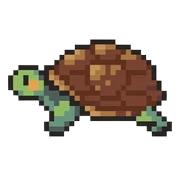

unraid doesn’t really do anything that for example TrueNAS Scale can’t do?
UnRAIDs parity is completely different than ZFS (TrueNAS) - and I’d argue unRAID is a better option for hosting a home media server. TrueNAS uses ZFS, so data on the drives is striped and they all need to be spun up together. UnRAID doesn’t stripe data, so only the relevant drive needs to be spun up (+parity if you’re writing). This also means if you lose parity +1 drive you only lose the data on that drive. Whereas with ZFS if you lose parity +1 you lose EVERYTHING in that array. It’s also way easier to expand your array in UnRAID, simply plug in any drive (as long as its smaller than parity) and it’ll just work. Expanding or adding vdevs in ZFS is not so simple and requires planning.
On top of all that, UnRAID can do ZFS too now (although I wouldn’t recommend it for the main array for the reasons stated above). So if anything the question should be “what can TrueNAS Scale do that UnRAID can’t do?”
I’d argue TrueNAS is better if you need top speeds and advanced features like bit-rot protection. But for a simple home media server where things like idle power-use and ease-of-use are more important I think unRAID wins hands down.


For what it’s worth I recently went down this rabbit hole, and I decided to stick with unRAID for the following reasons: